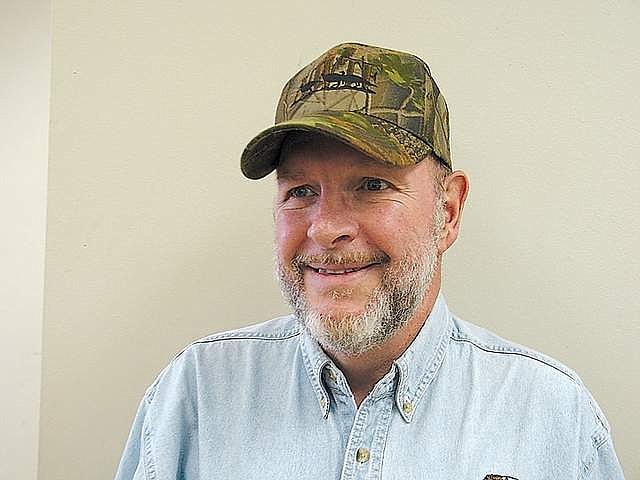In my backyard
This was the weekend of the 2020 Great Backyard Bird Count. It was my duty to conduct at least one count. The rules state the minimum time for a count was 15 minutes. The location could be anywhere desired, most common was a backyard, thus the name.
My backyard holds one bird feeder and a nearby pot with peanuts for the squirrels. At 1:20 p.m. the birdseed bucket was carried to the feeder. A waterproof bucket is used to hold the loose seed, so it doesn’t become damp and ruined. The bucket also holds the unsalted peanuts in a plastic bag.
The count was planned to begin at 1:30, after the seed was in place. A checklist was close by my computer to facilitate the count.
The count started on time. No birds. 1:35, no birds. The area around the feeder was inspected from my inside seat. The reason became obvious. Two of the new kittens were directly under the feeder.
Boots and Rummer love belly rubs, back pets and cat food. They are great cats, but they were interfering with my bird count. At 1:44, the cats walked away from their current location.
The first 15-minute bird count was completed with zero birds counted. What a dilemma? Embarrassing for sure. However, it was easily solved by simply extending the count to 30 minutes. Remember, these counts have no length of time restrictions, just minimum time limits.
The birds arrived, but not nearly as many as expected. At the end of the next 15 minutes a total of 41 birds were on the list, all sparrows. My best guess was 36 song sparrows and five Savannah sparrows. This species estimate was helped by the bird count bird-identification list, which offered a photo of each bird.
At 2 p.m., the count was complete and the results were submitted to the bird count website.
Usually the area around the feeder will hold quail (on the ground), Eurasian Collared doves (in the pot and on the ground), finches, magpies and many others. Not at one time, mind you, but throughout a day or a week.
The main reason to maintain a feeder in the first place is to attract birds and watch their antics. One will be on the feeder eating, but not in an efficient way. The bird will reach in and scatter seed onto the ground. An observer would think the bird would reach in and grab one seed at a time, but no, the bird throws a beak full of seed on the ground. This will help feed other birds, such as quail.
Tomorrow: My backyard continued.



